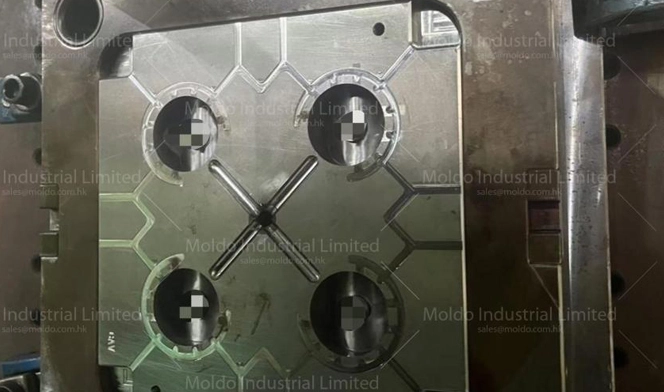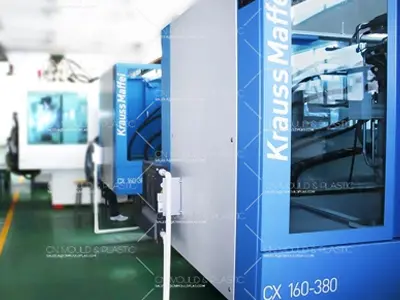The principle of wire electrical discharge machining (WEDM) is the same as that of electrical discharge machining (EDM). The difference is that in WEDM, a continuously moving metal wire (called the electrode wire) is used instead of the forming electrode in EDM drilling (which is why it's also called wire electrode EDM). In WEDM, the worktable drives the workpiece to move relative to the electrode wire in the X and Y directions to complete the machining of planar shapes. As shown in Figure 1-1, to achieve high machining accuracy, low surface roughness, and high production efficiency, a pulse power supply with a narrow pulse width and high current peak is often used for positive polarity machining.

There are three types based on the different ways of controlling the relative movement between the wire electrode and the workpiece: profile copying control, photoelectric tracking control, and digital program control. Currently, CNC wire electrical discharge machining is the most widely used.
Compared with electrical discharge piercing, wire electrical discharge machining has the following features:
1.It uses wire as the electrode, eliminating the need for a formed tool electrode. This greatly reduces the design and manufacturing costs of formed tool electrodes, and shortens the production preparation time and mold processing cycle.
2. It can use very thin wire electrodes (with diameters ranging from 0.04 to 0.20mm) to machine micro-shaped holes, narrow slits, and workpieces with complex shapes.
3. It uses a moving long metal wire for processing. The wear of the metal wire per unit length is small, and its impact on processing accuracy is negligible, resulting in high processing accuracy. When the repeatedly used wire electrode has significant wear, it can be replaced.
4. It processes according to the contour in the form of a slit, with little erosion. This not only leads to high productivity but also high material utilization.
5. It has a high degree of automation, is easy to operate and use, and can be easily controlled by a microcomputer.
6. It can directly use finishing or semi-finishing specifications for one-time forming, and generally does not require changing electrical specifications midway.
7. It generally uses water-based working fluid, avoiding fires, which is safe and reliable.
The disadvantage of wire electrical discharge machining is that it cannot process blind holes or longitudinal stepped surfaces. The technological level of wire electrical discharge machining at home and abroad is shown in Table 1-1.
Table 1-1 Comparison of Process Levels of Wire Electrical Discharge Machining at Home and Abroad
Item | Domestic | Foreign | Item | Domestic | Foreign |
Cutting speed/(mm²/min) | 20-50 80-160 | 20-60 100 | Electrode wire wear/mm | When processing 23×10⁴~10⁵mm², the electrode wire wear is 0.01 | |
Surface roughness/μm | Ra=2.5~5 Ra=1.25~2.5 | Ra=2.5~5 | Maximum cutting thickness/mm | Steel500 Steel 610 | 400 |
Machining accuracy/μm | ±0.005~±0.01 | ±0.002~±0.005 | Minimum cutting width/mm | 0.04~0.09 | 0.0045~0.014 |
Repeatability accuracy/mm | ±0.01 | ±0.002 | Minimum electrode wire diameter/mm | Φ0.03~Φ0.07 | Φ0.003~Φ0.01 |

